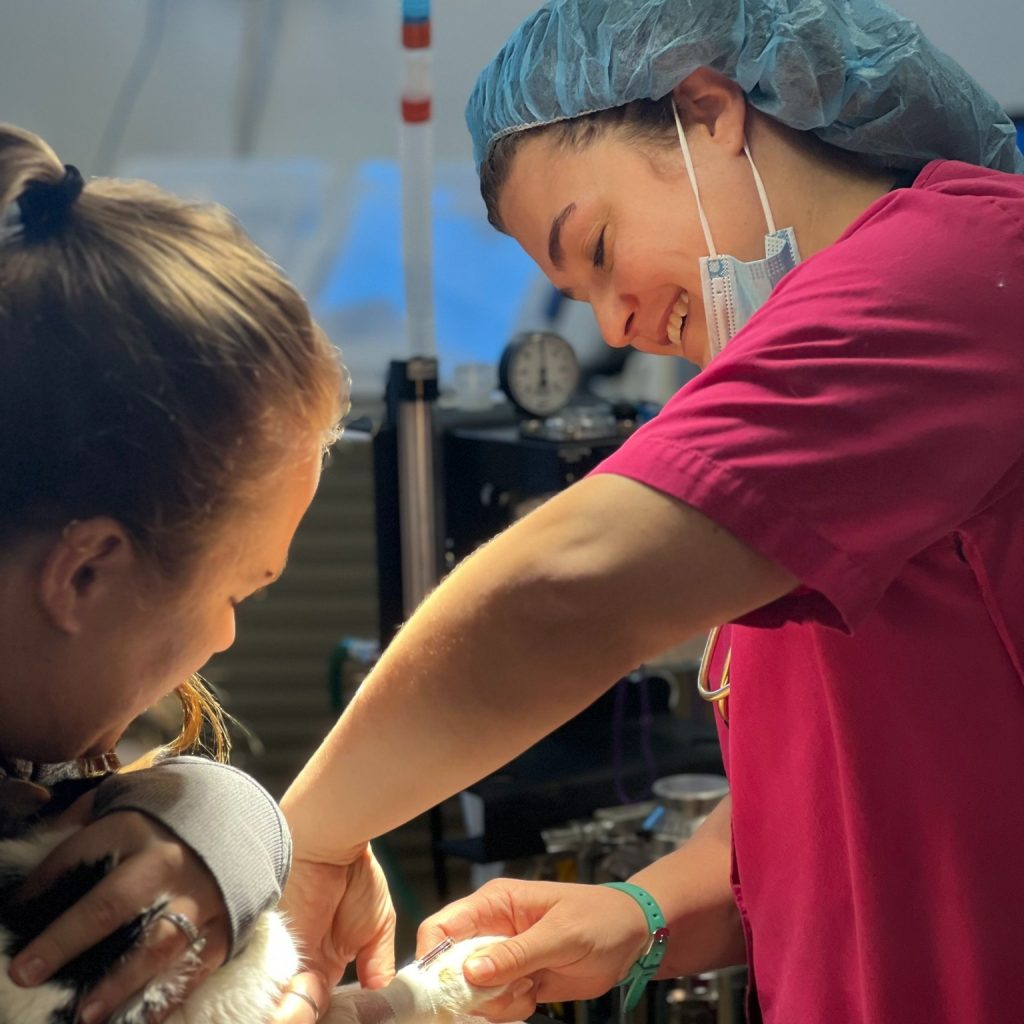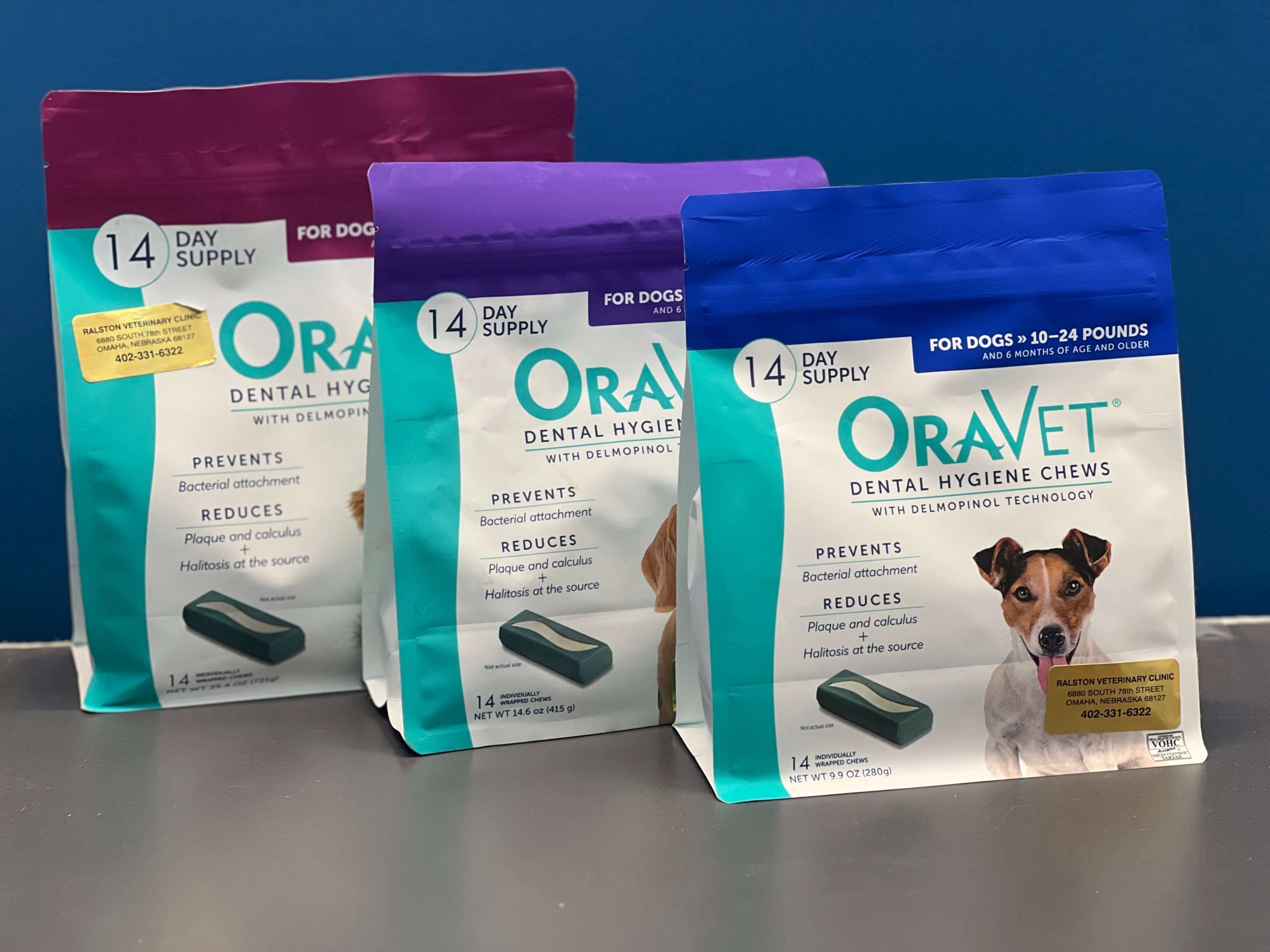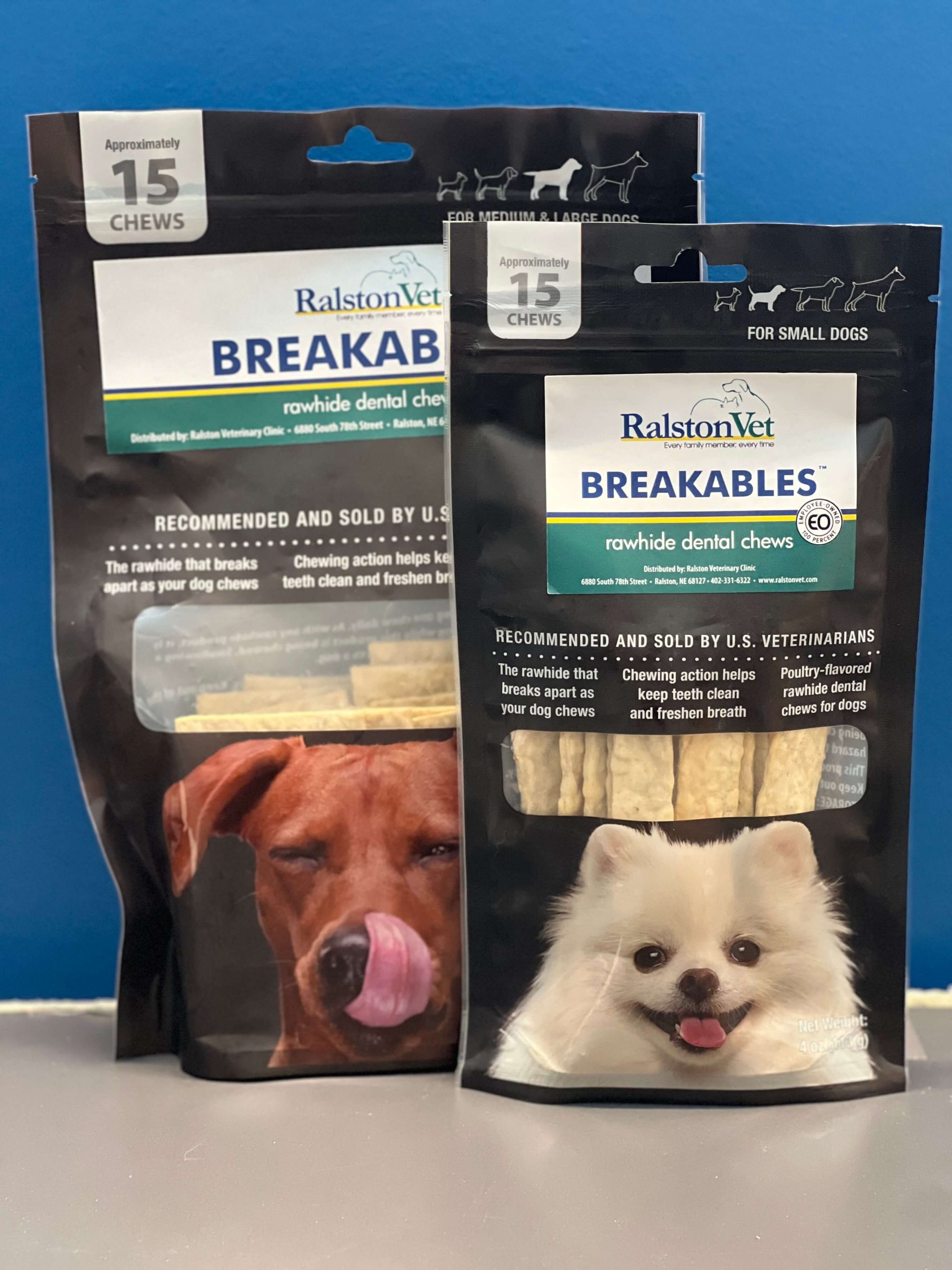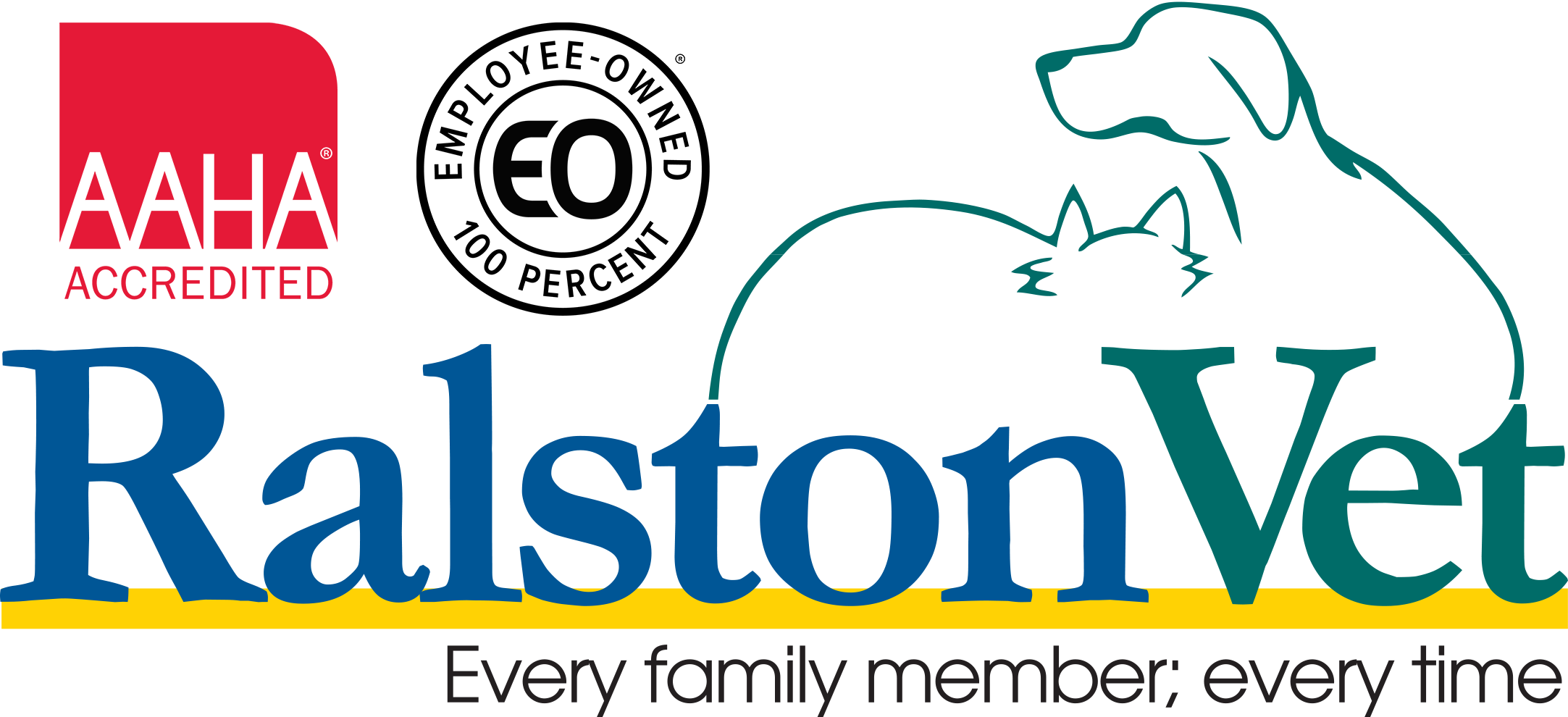Do you think it is time to focus on your pet’s oral health?
Dental care is an essential aspect of pet healthcare that should never be neglected. Just like humans, pets can develop dental problems such as cavities, gum disease, and tooth decay. Regular dental care helps prevent these issues and ensures that your furry friend maintains good oral health. Dental care for pets includes tooth brushing, dental chews, and professional cleanings. These practices help eliminate plaque and tartar buildup, reduce the risk of periodontal disease, and prevent bad breath. Additionally, proper dental care can improve your pet’s overall health and well-being. So, it is important to schedule regular dental check-ups with your veterinarian and follow their recommendations to keep your pet’s teeth and gums healthy.
Warning signs of dental problems
- Bad breath
- Tartar buildup on teeth (this is a yellow or brown build up at the base of the tooth).
- Changes in eating habits.
- Abnormal drooling.
- Gums bleeding.
- Tooth loss.
- Broken teeth.
- Retained baby teeth.
- Swelling or growth in mouth.
- Change in behavior.

Tips and Tricks for a Healthy Mouth
Maintaining good oral hygiene for pets can be challenging but it’s important to keep their teeth and gums clean to prevent dental problems in the future. Here are some tips and tricks to help keep your pet’s mouth clean:
- Brush their teeth regularly using a pet-specific toothbrush and toothpaste. Start by getting them used to the taste of toothpaste and gradually introduce the toothbrush.
- Provide dental chews and toys to help remove plaque and tartar buildup.
- Feed your pet a healthy diet that’s low in sugar and high in protein.
- Regularly schedule professional teeth cleanings with your veterinarian.
- Check your pet’s mouth regularly for signs of dental problems such as bad breath, swollen gums, and loose teeth.
Following these tips can help ensure your pet maintains a healthy and clean mouth.


